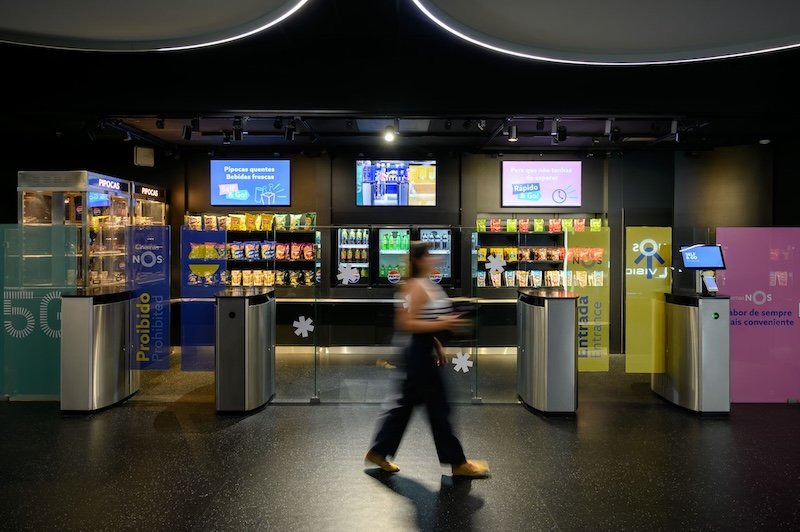Troy Cox, Chief Product Officer at BigCommerce: examining Generative AI’s retail impact in 2025
The retail e-commerce space is evolving rapidly, with technologies like generative AI now at the core of many of its innovations. Generative AI is expected to deliver a value of $400 billion to $660 billion a year and its potential applications range from providing a more seamless customer experience to helping strengthen omnichannel operations.
GenAI’s effects are already visible across many aspects of retail, and this trend is not going to end soon: over the next 12 months, we will see increased adoption of even more advanced AI models that will produce better results and content for brands. These are the key retail AI trends I expect to see in 2025.
Trustworthy AI remains a top concern
Despite the many benefits generative AI can bring to a business, retailers remain very aware that it occasionally also makes mistakes and provides inaccurate information. This is why we will continue to see debates around how to best apply AI and do so ethically, reducing the potential negative implications of any AI generated error.
Introducing a trustworthy AI application starts with defining clear objectives and tasks for the model to accomplish - whether its task is to write content or answer customers’ queries. The more specific the use case is, the harder it will be for the AI to make mistakes, and the easier for the human in the loop to spot any that do occur.
It is also very important to ensure the dataset the AI model is trained on is high quality, accurate and diverse, and that the data is being regularly monitored for biases or outdated information that might skew results. Maintaining customer trust starts with data, which then enables AI to provide trustworthy responses.

Future-gazing with predictive analytics
As technology and innovation keep improving the buying experience, customer expectations continue to rise around everything from a seamless shopping journey to personalised product recommendations. Over the next 12 months, AI powered predictive analytics will play a key role supporting retailers in their efforts to keep customers returning to their marketplaces.
AI and predictive analytics will help streamline operations, reduce costs and improve the buyer’s experience. For instance, AI can be used on large data sets to recommend optimal pricing, as well as streamline the B2B quoting process, therefore dramatically reducing the time a sales representative would need to respond to quote requests from clients.
Similarly, the technology can provide businesses with data about the amount of product stock needed for a future campaign.
Combining AI and composable strategies
We will also see brands take a modular approach to building and managing ecommerce platforms by combining AI and a strong composable strategy.
This approach will allow companies to pick and combine different technologies to create a custom ecommerce solution tailored to their specific needs. Instead of being constrained by generic platforms, businesses will have the flexibility to select the precise components - such as the storefront, checkout process, and inventory management - that best suit their operations and customers.
This trend toward increased customisation and adaptability in e-commerce is driven by the integration of AI capabilities and a composable architecture. It represents a shift away from one-size-fits-all platforms toward more personalised, optimised online shopping experiences.
In a nutshell, a composable model allows brands to choose the best components to assemble their tech stack. As AI is a rapidly evolving technology, a composable strategy allows them to easily upgrade these components in the future as their needs change or AI technology evolves.
Supercharging retail with generative AI
2025 is set to be a very exciting year for the retail industry, with many changes afoot coming from introducing generative AI into multiple aspects of companies’ e-commerce operations. From future-gazing with next level predictive analytics to supercharging retailers’ composable strategies, the ecommerce retail space is set for a trailblazing year ahead.






























Continue reading…